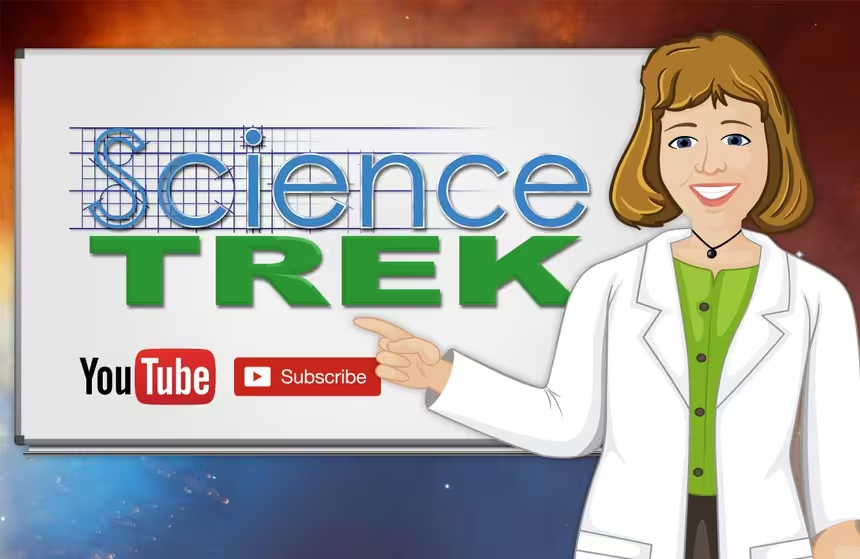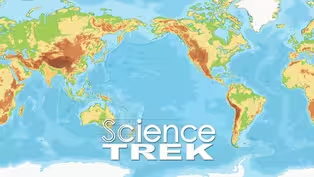
Oceans: How Deep?
Clip: Special | 1m 5sVideo has Closed Captions
The ocean is divided into five different zones based on depth.
The ocean is divided into five different zones based on depth. Find out what happens to sea life as sunlight disappears.
Problems playing video? | Closed Captioning Feedback
Problems playing video? | Closed Captioning Feedback
Science Trek is a local public television program presented by IdahoPTV
Major Funding by the Laura Moore Cunningham Foundation and the Idaho National Laboratory. Additional Funding by the Friends of Idaho Public Television and the Corporation for Public Broadcasting.

Oceans: How Deep?
Clip: Special | 1m 5sVideo has Closed Captions
The ocean is divided into five different zones based on depth. Find out what happens to sea life as sunlight disappears.
Problems playing video? | Closed Captioning Feedback
How to Watch Science Trek
Science Trek is available to stream on pbs.org and the free PBS App, available on iPhone, Apple TV, Android TV, Android smartphones, Amazon Fire TV, Amazon Fire Tablet, Roku, Samsung Smart TV, and Vizio.

Science Trek
Science Trek is a place where parents, kids, and educators can watch short, educational videos on a variety of science topics. Every Monday Science Trek releases a new video that introduces children to math, science, technology, engineering, and math (STEM) career potentials in a fun, informative way.(Music) JOAN CARTAN-HANSEN, HOST: The ocean is divided into five different zones based on depth.
The Sunlight Zone goes down about 200 meters or 65 feet.
It is warm and sunny with lots of plants and sea life.
Next is the Twilight Zone.
It goes down from 200 to a thousand meters.
Only a small amount of sun light can get this deep.
The creatures here have large eyes to see in the gloom.
This zone is home to more fish than the rest of the ocean.
Between one thousand meters and four thousand meters in depth is the Midnight Zone.
There's no sunlight here, so the animals may have their own glow.
From four thousand to six thousand feet deep is the Abyssal Zone.
Here, it's pitch black, and the water is nearly freezing.
And finally, from six thousand meters to the bottom of the ocean is the Trench Zone.
We know very little about what lives down there because it's so difficult to explore.
In fact, only about ten percent of the entire ocean's surface has been surveyed.
More people have been to the moon than have been to the deepest part of the ocean.
For more information about oceans, check out the Science Trek website.
You'll find it at ScienceTrek.org
Video has Closed Captions
Clip: Special | 1m 5s | Which ocean is the largest? (1m 5s)
Providing Support for PBS.org
Learn Moreabout PBS online sponsorship
- Science and Nature

Explore scientific discoveries on television's most acclaimed science documentary series.

- Science and Nature

Capturing the splendor of the natural world, from the African plains to the Antarctic ice.












Support for PBS provided by:
Science Trek is a local public television program presented by IdahoPTV
Major Funding by the Laura Moore Cunningham Foundation and the Idaho National Laboratory. Additional Funding by the Friends of Idaho Public Television and the Corporation for Public Broadcasting.
